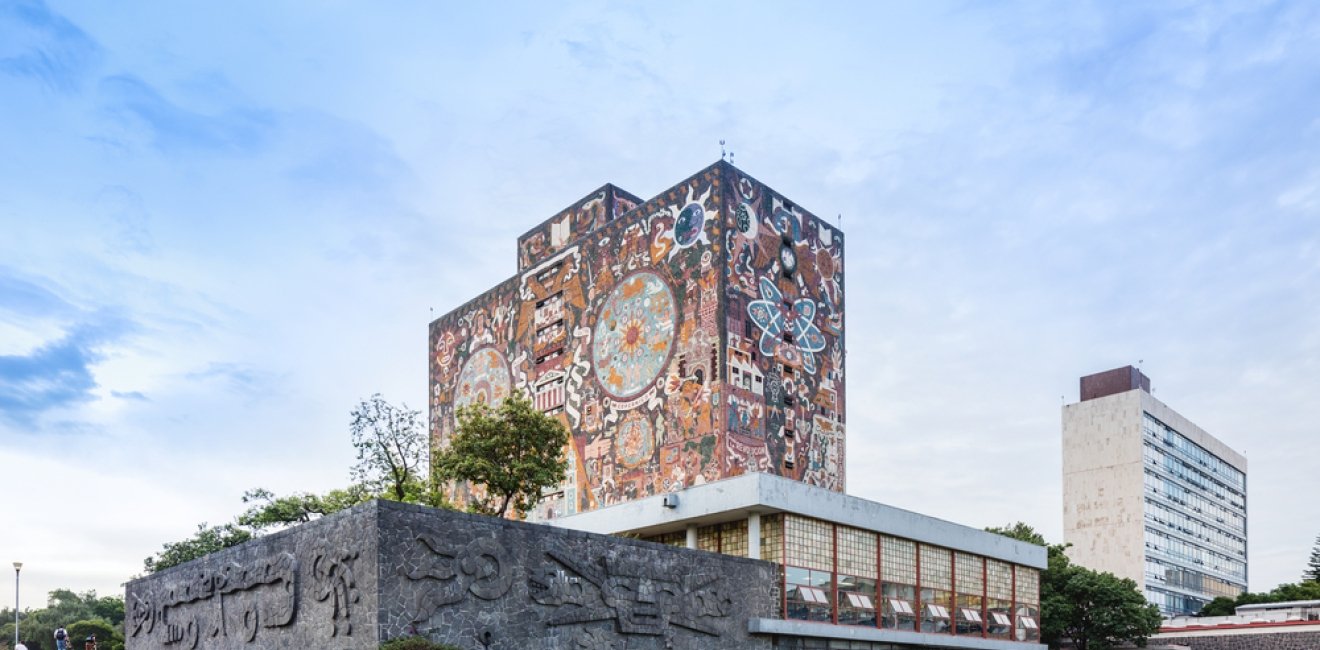Just a month before the June 2nd election day, over 250,000 university students from nearly 500 colleges and universities across Mexico participated in the Simulacro Electoral Universitario, or university mock elections, an exercise in which students cast their votes for the next president of Mexico. While the votes are not binding and do not count in the official election day tally, the exercise is beneficial for two key reasons. The first is that these mock elections raise awareness among Mexican college and university students about the electoral process and the importance of voting. Only 63.4% of the country’s eligible voting population voted in the 2018 presidential election, making it even more important to encourage high voter turnout for this upcoming election, especially among younger generations. Moreover, the mock elections highlight the commitment of the country’s collegiate community to civic participation and the strengthening of Mexico’s commitment to democratic traditions – which is especially important in light of the recent threats to and attacks on Mexico’s democracy.
The second reason that these elections are significant is that they specifically highlight the youth vote (18-34 years old), a demographic that is often obscured in national polling data and surveys. Granted, the mock elections only include youth voters enrolled in institutions of higher education, but they give specific insight to a population that can otherwise be hard to capture and that is, more often than not, overlooked in discussions about politics.
Claudia Sheinbaum won the 2024 Simulacro Electoral with 63.5% of the vote. Jorge Álvarez Máynez followed with 23.1% of the total vote, and Xóchitl Gálvez came in third place with just 8.5% of the vote. While these results align with those of national surveys measuring voter intention with Sheinbaum clearly in the lead, Oraculus polls (measured by aggregated polls surveying voting intention) have voter intention for the Morena candidate slightly lower, at 56% (from a range of 50-62%). Where the real difference emerges, however, is with the other two candidates. In national polls, Gálvez typically trails Sheinbaum and in the Oraculus aggregated voter preference polls, she received 34% (with a variance range of 28-39%) – a really significant difference from the results in the Simulacro Electoral. Perhaps the biggest surprise of the mock elections came from Jorge Álvarez Máynez, who, in the Oraculus voter-intention polls received 10% (with a variance range of 7-13%).
These results for Gálvez and Máynez mark a significant departure from national polls, highlighting youth voters’ preference for the Movimiento Ciudadano candidate. Though this is only a small subsection of the population and the results cannot be inferred to the general election results, the results from the 2018 Simulacro Electoral closely mirrored the official election results. Andrés Manuel López Obrador received 70% of the vote in the Simulacro Electoral and 53% of the vote on election day, followed by Ricardo Anaya who received 19% of the vote in the mock elections and 22% of the vote on election day. José Antonio Meade came in third place in both the mock elections and the official election, earning 6% and 16% of the total votes, respectively. Jaime Rodríguez Calderón came in fourth place in both elections, earning 2% of the vote in the Simulacro Electoral and 5% on election day. If we compare the results from the 2018 and 2024 mock elections, it becomes clear that the Morena candidates hold similar percentages of votes, AMLO with 70% and Sheinbaum with 63.5%, perhaps indicating a repeat victory for the incumbent party.
Perhaps the biggest merit of the Simulacro Electoral, however, in addition to encouraging voter participation and reaffirming the country’s commitment to democracy, is that it highlights the sheer potential of this segment of the voting population. Voters 18 to 34 years old represent 37% of the total eligible voting population in Mexico with the potential to significantly impact election outcomes, in this election and those that follow. The Simulacro Electoral is a reminder for candidates and parties alike to focus on courting this vote and encouraging turnout on Election Day.
Author


Mexico Institute
The Mexico Institute seeks to improve understanding, communication, and cooperation between Mexico and the United States by promoting original research, encouraging public discussion, and proposing policy options for enhancing the bilateral relationship. A binational Advisory Board, chaired by Luis Téllez and Earl Anthony Wayne, oversees the work of the Mexico Institute. Read more

Explore More
Browse Insights & Analysis
Greenland’s New Governing Coalition Signals Consensus

The Future of France's Far-Right Party

Ukrainian Issue in Polish Elections



